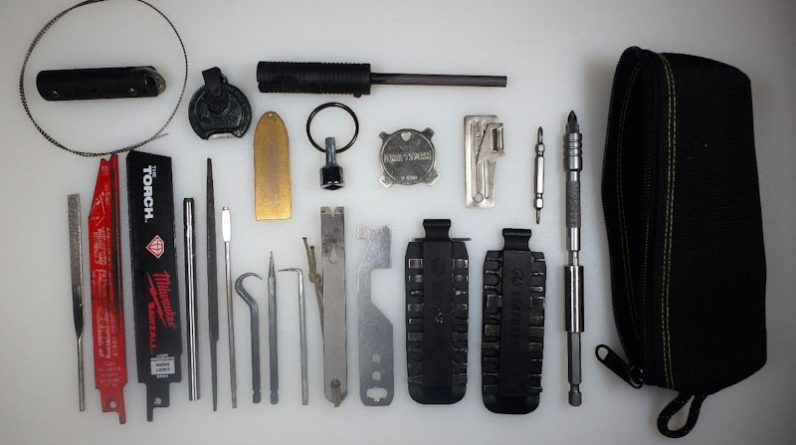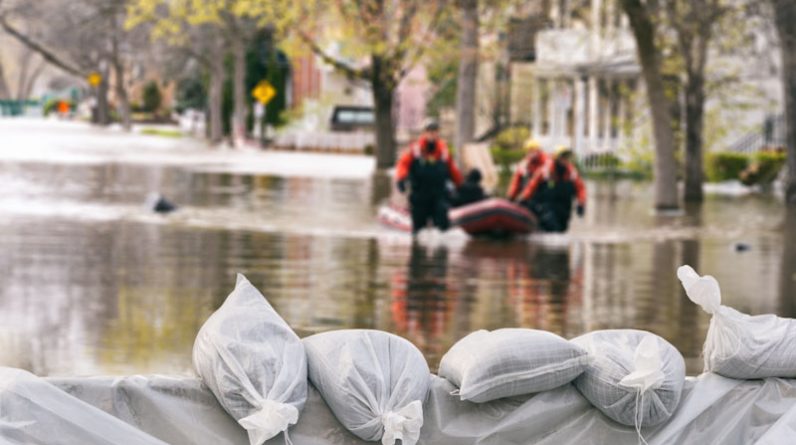Winter means the holiday season is coming, but it also includes frigid temperatures and an increased risk of getting sick. Staying warm is essential for maintaining a safe body temperature, inside or outside.
However, it can be challenging to do so in harsh climates, so how can you efficiently manage the heat and remain comfortable until spring?
Follow these 10 need-to-know tips this winter:
1. Put on Extra Layers
While it may seem simple, putting on extra layers is your quickest way to stay warm in the winter. Wear multiple levels of clothes to protect your body from the cold, especially if you’re heading outside. Adding layers is wise in the winter because you can easily remove them if you feel hot.
If you put on extra clothing, ensure the material will keep you warm and not just stylish. For example, wool is an excellent fabric because it’s thick and cozy. It can be pricey, so look at it as an investment in your wardrobe. Cashmere and fleece offer increased style and comfort while keeping you warm.
2. Eat the Right Foods
Eating is essential to keeping your mind and body sharp, and it’s vital in maintaining your body heat. You can maintain and increase your body’s internal temperature through thermogenesis — the process by which animals generate body heat.
When outside, prioritize eating hot food to warm your body quickly. Pack soup, chili and easy-to-eat food in a thermos so it’s readily consumable on the go.
While most hot food is suitable for your body, you can boost your well-being by prioritizing protein, iron and fats while in a harsh climate. Here are the benefits of each in the cold:
- Protein: Protein is vital for maintaining strong muscles and keeping your body warm because it takes a long time to digest. Use portable sources like canned fish, black beans, and peanut butter because they’re inexpensive and valuable outdoors.
- Fats: Your body thrives on energy, and you get much of it from fats and carbohydrates. Fats specifically are essential for body heat because they insulate you and keep warmth inside. Focus on unsaturated fats to benefit your blood health, so maintain a healthy supply of nuts, nut butter and fish.
- Iron: While iron isn’t a macronutrient, remember it when planning winter meals. Iron is vital in transporting oxygen around your body and keeping it warm. Insufficient iron can lead to anemia, where your body has a low red blood cell count and feels cold. Incorporate spinach, potatoes, nuts, meat and other high-iron foods.
3. Drink Hot Beverages
While food is essential to your warmth, don’t discount hot beverages. Bring your favorite tea, coffee, bone broth or cider in the cold weather. These drinks will stay at your preferred temperature inside a thermos and warm you up whenever you need them. Even the steam from these beverages is suitable for heat for a short time.
Some people think alcohol warms you up, but the opposite is true. While you may feel warm after a beer or a cocktail, your body temperature is not rising. Your body redistributes heat and makes your skin feel warm when drinking alcohol. In reality, your liver has released heat as it slowly digests the beverage. Alcohol also brings other health risks, so avoid it if possible during extreme cold.
4. Warm up With Exercise
When it’s hot outside, you might sit still to limit your energy exertion and stay cool. Harsh cold means you should consider the opposite strategy. Warm yourself up by exercising and simply moving your body.
Walk around your house and do other indoor activities to increase blood flow and body temperature. Jumping jacks, planks, lunges and push-ups are only some of the full-body exercises you can do in your living room. Move until you start sweating because perspiration tends to make your skin temperature decrease.
Warming up doesn’t require intense exercise — as long as you move your body, you’ll generate warmth. Keep yourself occupied with household chores, such as vacuuming, dusting, bathroom cleaning and more. These tasks are necessary for a tidy house and will keep you warm.
5. Maintain Your Heating System
While food, beverages and exercise are excellent for warmth, they’re not as powerful as your house’s heating system. Your HVAC is essential for keeping your home at a comfortable temperature all year, not just in the winter. The system requires yearly maintenance to perform at its best when you need it most. Here are a few HVAC maintenance tips to keep a warm household:
- Change the air filter: The air filter is among the most critical parts of your HVAC system. Like your car’s air filter, the HVAC’s air filter catches dirt and debris to keep the system running smoothly. Check your filter’s recommendations for replacement, whether monthly or annually.
- Clean up: Your outdoor units need attention before and during the cold winters. Clear the area of plants, limbs, bushes and other hazards. Pay special attention to your gutters because you don’t want leakage on your unit.
- Test your smoke detectors: Winter means using your heater, fireplace, space heaters and other appliances, thus increasing the risk of unwanted fires. Test your smoke and carbon monoxide detectors to ensure they function correctly.
6. Introduce a Heat Exchanger
Heating systems are critical in the winter, especially when temperatures dip below zero degrees Fahrenheit. However, your gas and utility bills could spike in the cold months because heating a home is generally more expensive than cooling it. How can you get the most from your heating systems? Some appliances let heat escape, causing frustrating inefficiencies.
One way to increase heating efficiency is to introduce a heat exchanger in your home. This device circulates warm air into the room with large tubes and fans. Your heat capture will increase by about 10%, heightening efficiency and the warmth in your home. The heat exchanger requires cleaning, but it’s worth the time and effort to warm your home efficiently.
7. Be Smart About Your Thermostat
Another strategy for efficient heating is to be smart about your thermostat. Experts say you should set yours between 68 and 70° F in the winter to conserve energy. This range is optimal for decreasing heat loss in the winter and maintaining a comfortable indoor climate. If you’re away during the day, keep the thermostat slightly lower than usual and wait until you get home to turn it back up.
While manually adjusting the appliance is one option, you can make your house more intelligent through a smart thermostat. This device learns your habits and adjusts your temperature as it remembers your schedule. Plus, many smart thermostats have accompanying apps, allowing you to change the temperature while on the go. These features are crucial when you need to bug out because you can control the inside temperature.
8. Use Hand Warmers
Sitting inside with the heater would be a nice life, but survivalists thrive on going outdoors. You’ll need maximum cold protection when heading out, so make life easier by bringing hand warmers. Your hands are among your most essential tools for getting things done, so you must keep them warm.
The modern hand warmer you’re familiar with has been around for about 100 years and has gotten many through harsh winter climates. These packets use platinum catalysis — a chemical reaction — to warm themselves and keep your hands toasty. Most hand warmers will last about 200 uses before you’ll need to replace them. However, modern technology lets you use rechargeable hand warmers to last even longer.
9. Install Radiant Heating
Most homes have carpet to keep your feet warm in the winter. However, it’s less common to see plush flooring in the bathroom, laundry room and kitchen. These rooms are typically cooler because the floor doesn’t retain its heat well. How can you warm these areas of the house? Radiant heating is a popular option to extend comfort because it warms the floors and your feet.
This option works by using electricity or hot water under the flooring to release heat. Older systems may use a radiator to heat the floors, but you’re more likely to see water or electric systems. Radiant heating is great if you like walking around barefoot or with thin socks. Plus, it keeps your pets warm in any part of the house.
10. Reverse Your Ceiling Fan
Ceiling fans are integral for cooling rooms in the summer, but did you know they’re helpful in the winter, too? Your typical fan spins counterclockwise in the summer to send cooler air toward the ground. However, reversing it has the opposite effect in the winter — at low speeds, it sends warm air toward you and the walls.
You might not notice a huge difference, but every degree counts when warming a house. Plus, the efficiency will add up over time and positively reflect on your utility bills.
Staying Comfortable in Unforgiving Climates
Some people dread winter and the cold weather it brings. Northern communities require robust heating systems when they see multiple feet of snow, risking outages in the worst times. How can you efficiently manage your heating systems and stay warm this winter?
These 10 tips provide an excellent headstart for survivalists living in harsh climates.









